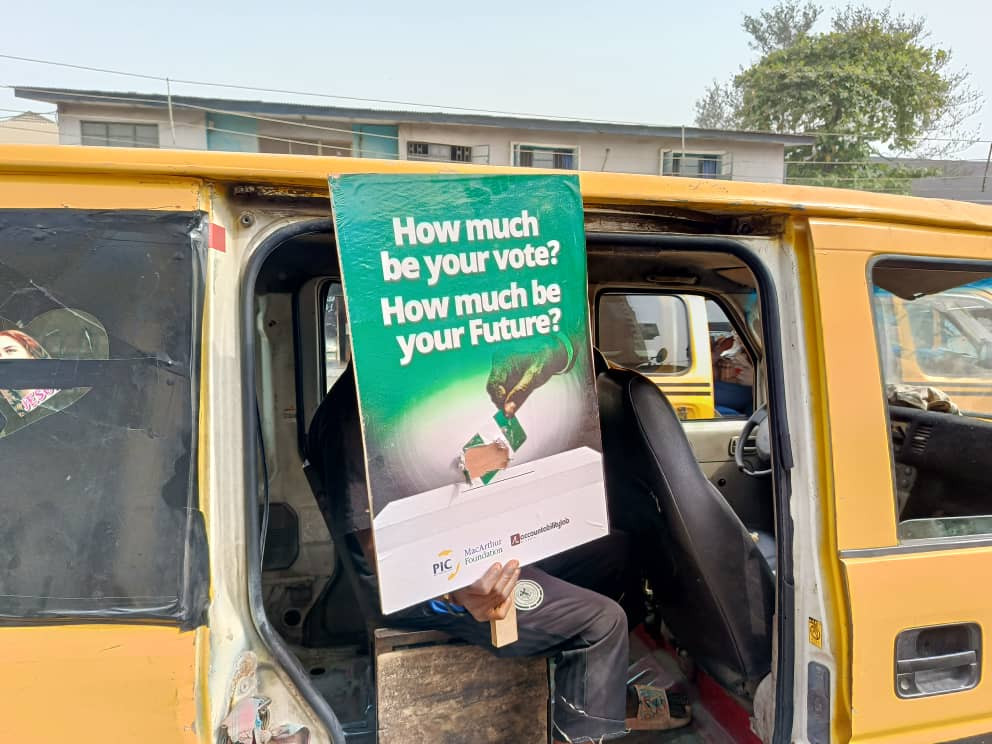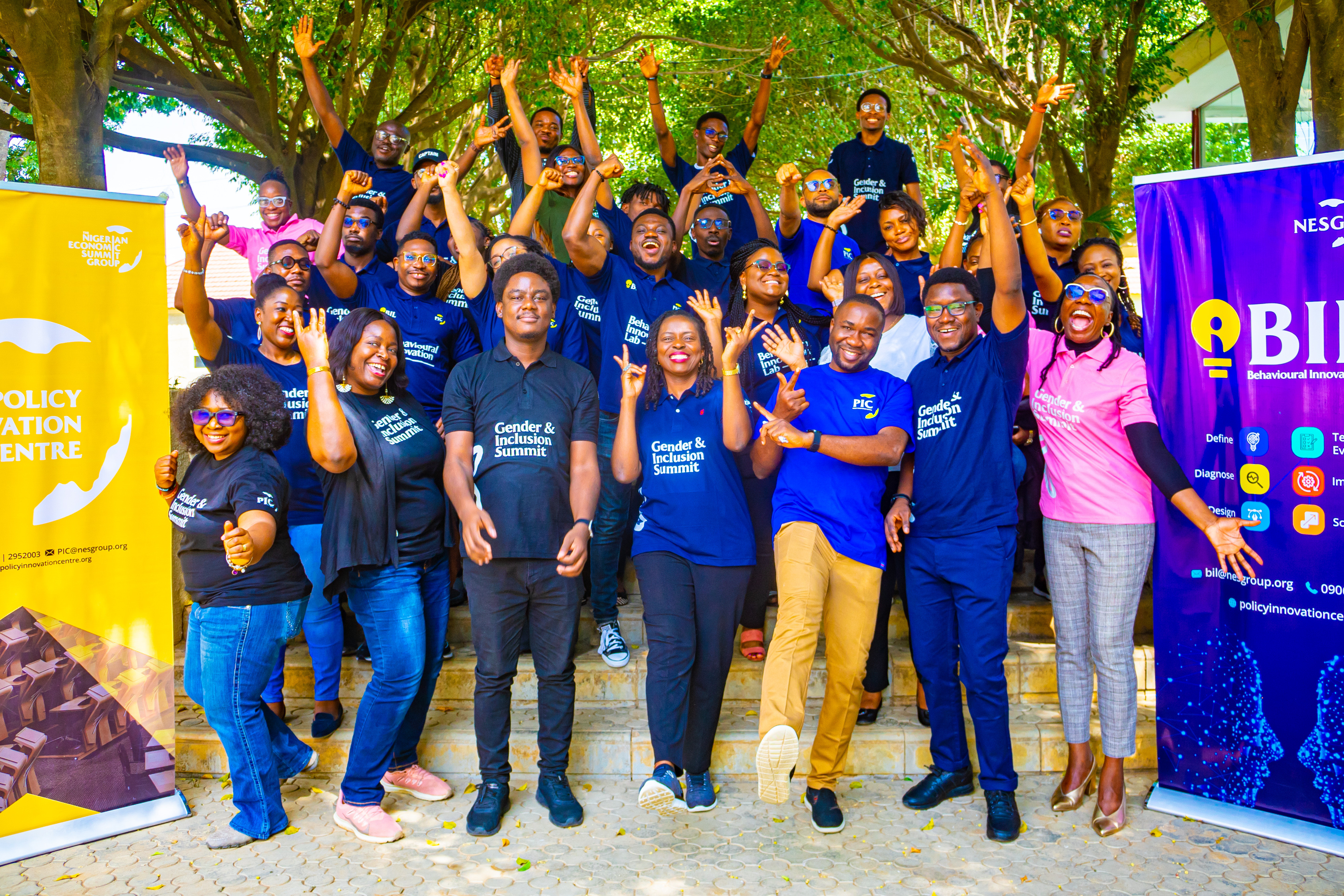Unlocking Behavioral Insights from PVC Collection: A Missed Opportunity
By Niyi Adekanla
At 7 am, Femi thought he was early enough to beat the rush at the PVC collection point. However, upon arrival, he was greeted by a daunting sight—a queue of at least 70 people already present. They were diligently jotting down their names on sheets of paper before finding makeshift seating on half-seats, tree stumps, or any available surface.
"Any idea when the INEC officials will arrive?" Femi inquired randomly, hoping for a precise timeline. Most individuals speculated 9 am, which eased Femi's initial concern.
By 10 am, the queue had swelled to over 300, yet the officials were nowhere in sight. Just then, Danjuma, a volunteer with INEC made a notable entrance, calling for everyone's attention. He proposed a method of organizing the crowd by polling units, a plan deemed brilliant albeit somewhat taxing. He had assisted INEC the day before in bringing some semblance of order to the hitherto chaotic scene.
At 11 am, the long-awaited INEC staff finally arrived—only about 9 of them to attend to over 500 electorates, some of whom had been waiting for up to 5 hours. Disappointingly, the INEC officials discarded Danjuma's organized approach and introduced a new plan. Unlike Danjuma's method, which adhered to the order of arrival, INEC's plan left the voters waiting for another hour and a half, amidst futile attempts to manage the unruly crowd. The scene descended into chaos, with individuals jostling through the disorganized mass, resulting in two people fainting and requiring assistance.
Reflecting on this experience, several lessons emerged, drawing from principles of Project Management and Behavioral Insights:
Data-Driven Planning: Prioritize data analysis before implementing strategies. The collection center's understaffing, coupled with an overwhelming number of voters, could have been preempted with meticulous planning based on data insights.
Timely Action: The significance of punctuality cannot be overstated. Starting late not only hindered progress but also exacerbated crowd management issues, leading to voter frustration and potential disengagement.
Hot-Cold Empathy: Recognize the importance of timing in engaging stakeholders. Prolonged waiting periods risked turning eager voters apathetic, highlighting the necessity for efficient and timely service delivery.
Fair Policies: Uphold fairness and equity in policy implementation to foster acceptance. INEC's disregard for the orderly queue system sparked resistance among voters, underscoring the importance of considering stakeholders' perspectives.
Ease of Access: Design policies that are Easy, Accessible, Sociable, and Technology-driven (EAST) to facilitate uptake. Simplifying the PVC collection process through technological innovations and alternative delivery methods could enhance efficiency and convenience for voters.
Social Desirability: Integrate social elements into service delivery to enhance engagement and participation. Encouraging voters to share their experiences on social media platforms and incentivizing participation could promote the importance of PVC collection.
This writer submits that by adhering to these principles, future PVC collection exercises can be streamlined, ensuring a smoother and more inclusive process for all stakeholders involved.



![Shaping Inclusive Futures: Gender and Inclusion Summit 2023 Mobilises Stakeholder Commitments for Impactful Change [REPORT]](https://policyinnovationcentre.org/blog_banners/53376185472_80ba6bd422_k_1705679042.jpg)